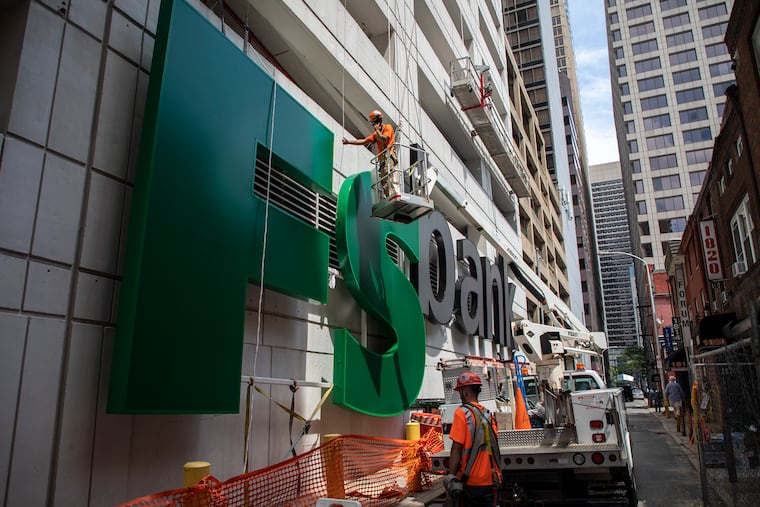WSFS, now region’s largest bank, marks its corner of Center City Philadelphia
WSFS Bank plans to add its glowing green logo to the Philadelphia skyline at 8:30 p.m. Monday, atop 1818 Market St., replacing Beneficial Bank as the building’s lead tenant.
